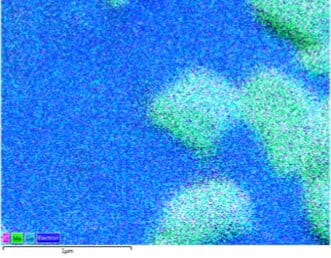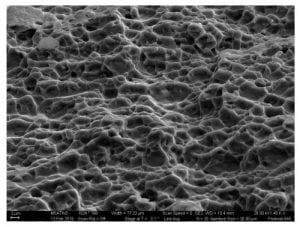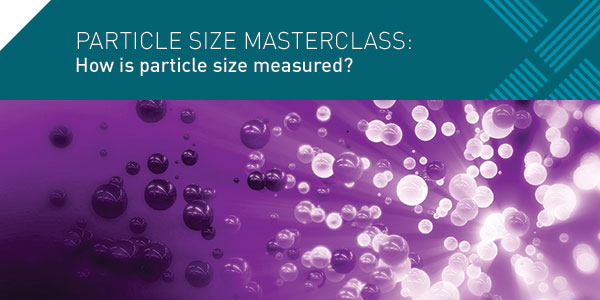The Materials Characterization Facility (MCF) at Georgia Tech will offer a short course on “Scanning Electron Microscopy and Energy Dispersive X-ray Spectrometry (EDS)” on October 8 & 9, 2018. This 2-day short course combines lectures and laboratory, and is designed for individuals interested in hands-on training in scanning electron microscopy techniques.
This short course will cover essential signal generation and detection techniques, including secondary and backscatter electrons, X-rays, low voltage imaging, and sample preparation techniques. Attendees will learn how to adjust operating conditions to gain valuable information about material samples. This course is suitable for both new and experienced researchers.
Target Audience
Attendance is open to researchers from academia, industry and government laboratories/organizations as well as to current Georgia Tech students, IEN and MCF users. Anyone who is interested in characterization of materials is invited and strongly encouraged to participate. The concepts and techniques presented are broadly applicable to materials.
Rates (Includes Lunch)
* Georgia Tech Rate: $150
* Academic and Government Rate: $250
* Industry Rate: $500
Registration and additional details may be found here






